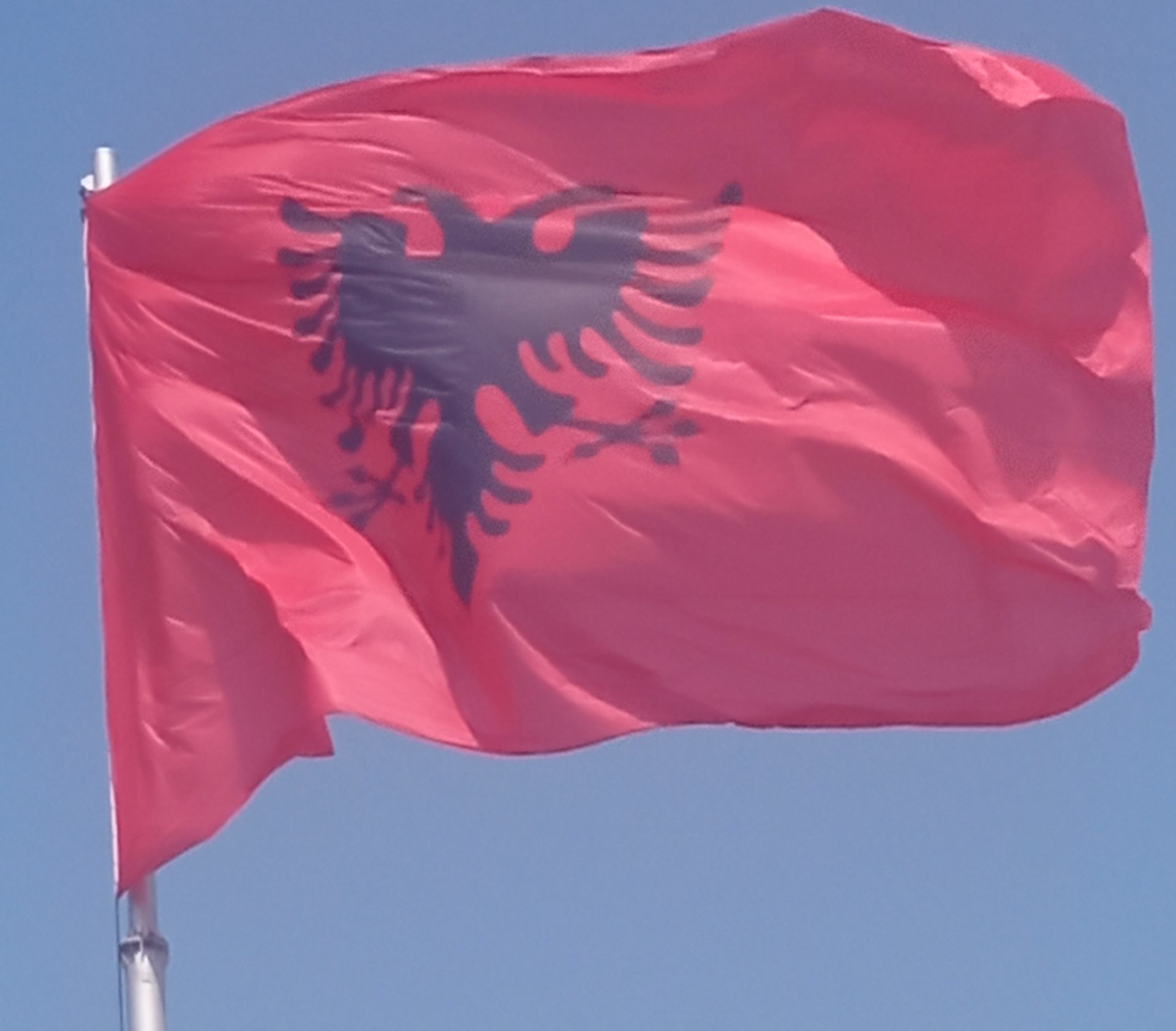The Albanian language is its own thing. It occupies its independent branch on the Indo-European portion of the language tree as it is not closely related to any other Indo-European language. Albanian is spoken by approximately seven and a half million people throughout the world.
The following table shows common phrases and words in the Albanian language:
| English | Albanian (Shqip) |
|---|---|
| Good Morning | Mirëmëngjes |
| Good Afternoon | Mirëdita |
| Good Evening | Mirëmbrëma |
| Hello | Përshëndetje |
| How are you? | Si jeni? |
| Good | Mirë |
| Very Good | Shume mire |
Albanian is an Indo-European language spoken by approximately 6 million people primarily in Albania and Kosovo, as well as in smaller communities in neighboring countries such as Greece, Montenegro, and North Macedonia. It is one of the oldest living languages in Europe, with a rich and complex history that has been influenced by various neighboring languages and cultures.
Albanian has two major dialects, Gheg and Tosk, with Gheg being spoken in northern Albania and Kosovo, and Tosk being spoken in southern Albania and neighboring areas. These dialects are mutually intelligible, but have distinct differences in vocabulary, pronunciation, and grammar.
The Albanian alphabet consists of 36 letters, with a unique set of diacritics that distinguish various sounds and phonemes. Albanian is known for its complex system of noun declension, which involves a number of different cases and suffixes, as well as its use of definite and indefinite articles.
Albanian is also notable for its extensive use of compound words, which are formed by combining two or more separate words to create a new word with a different meaning. This feature of the language can make Albanian challenging to learn for speakers of other languages.
In summary, Albanian is a fascinating and complex language with a rich history and unique features that distinguish it from other Indo-European languages.







